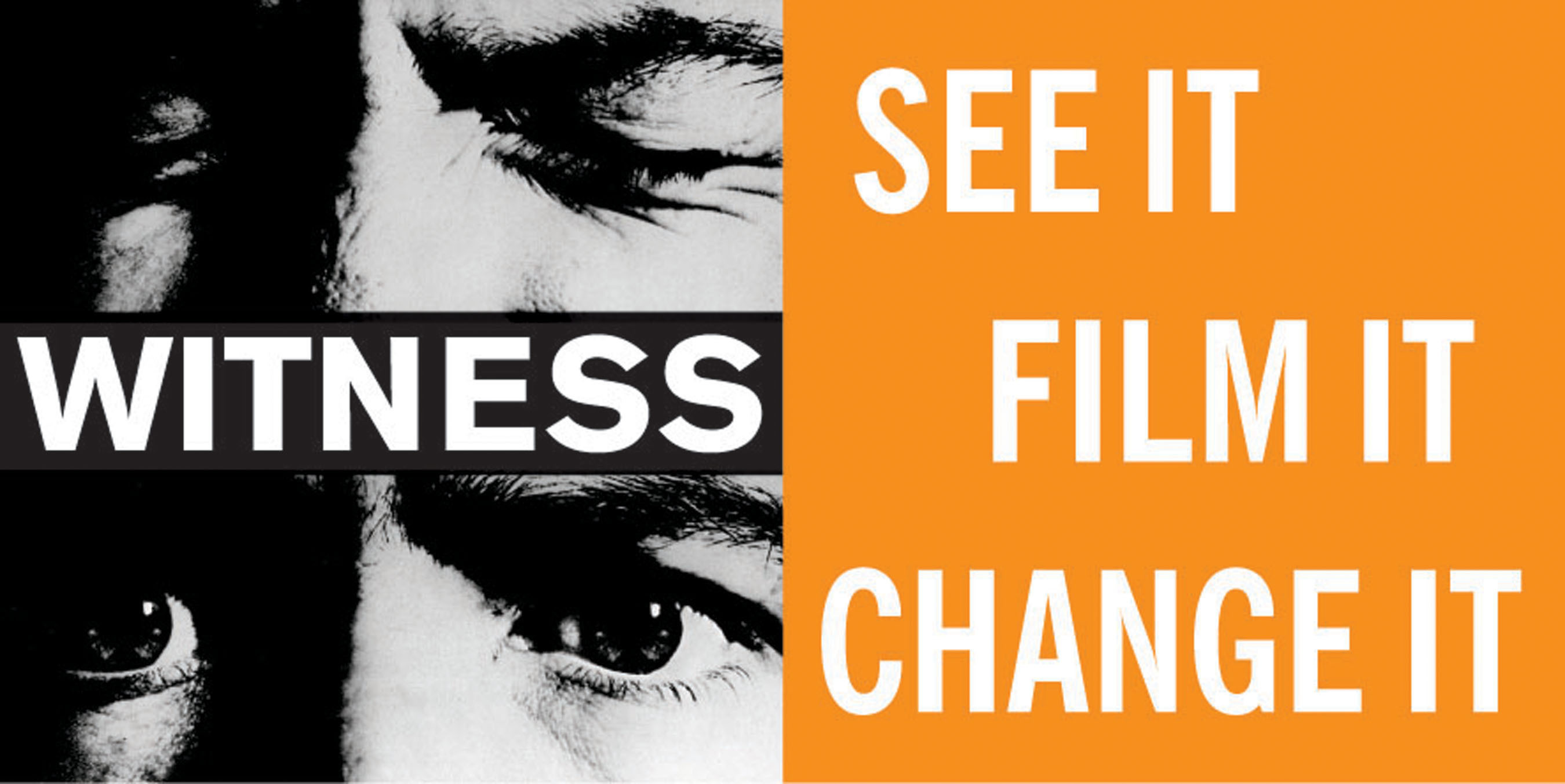Witness, an international non-profit organization that, for the last 20 years, has been using the power of video and narrative to open the world's eyes to human rights’ abuses, participated in the most recent Global Voices Summit in Nairobi, Kenya.
In the panel discussion entitled “The Global Rise of Citizen Media,” Witness’ communications manager, Matisse Bustos Hawkes, spoke about how the different uses and applications of video are changing the dynamic of human rights defense. She also presented the issues raised by using video:
Now that we can shoot and share video instantaneously, how can people control the information they're sharing about themselves and the people they film. [Matisse] tells the story of a woman who tells her story, and whose face is obscured in the video to protect her identity. She shows efforts by the Iranian government to crowdsource the identity of protesters. Wael Abbas is using the livestream platform Bamboozler, which shares the location of livestreams. His friends can track where he is; so can the police.
View Matisse's talk in the following video:
This is not the first time that Witness and Global Voices have worked together. In fact, in 2007, a video jointly produced by Witness and Global Voices was the winner of the One World Media award. In 2012, GV republished articles by Witness and reported on a number of its activities, including this article by Juliana Rincón about the video series designed to teach activists how to film protests:
The five-part video series, created with the support and insight of video activists, provides important information for anyone who might find him or herself with a camera in the midst of a news-worthy event such as the Occupy Protests, the Syrian Uprising and anything else. The five videos in the series cover topics such as preparing to film, choosing the right equipment, filming protests in a team, capturing quality image and sound and conducting interviews.
After her presentation, I spoke briefly with Matisse about Witness and other aspects of video:
A number of Witness-supported or Witness-produced videos on Latin America, many of which document forced evictions in Brazil (on account of the World Cup) and in Mexico (to build dams), can be found on the playlist Forced Evictions, with articles on this same topic listed on this Witness blog page. One video that provides a global overview of the topic of forced evictions is People Before Benefits, which can be viewed with Spanish subtitles.
This playlist deals with the problem of the disappearance of women in northern Mexico (Chihuahua and Ciudad Juárez) and includes Dual Injustice, produced in 2005 by Mexico's National Human Rights Commission and Witness. Bound by Promises raises the issue of rural slavery in contemporary Brazil.
An interesting series of Witness videos that trains activists in the use of film to defend human rights is Video for Change. A number of videos in this playlist can be viewed in Spanish. An on the topic of training, this video was recorded at a Witness workshop in Paraguay during the Americas Social Forum in 2010.
Browse more videos on Witness’ YouTube channel.
Related posts:
Chris Moya, SpainRevolt and Cyberactivism
Afef Abrougui, Blogging From Tunisia
Talking With Rebecca MacKinnon About ‘Consent Of The Networked’








1 comment